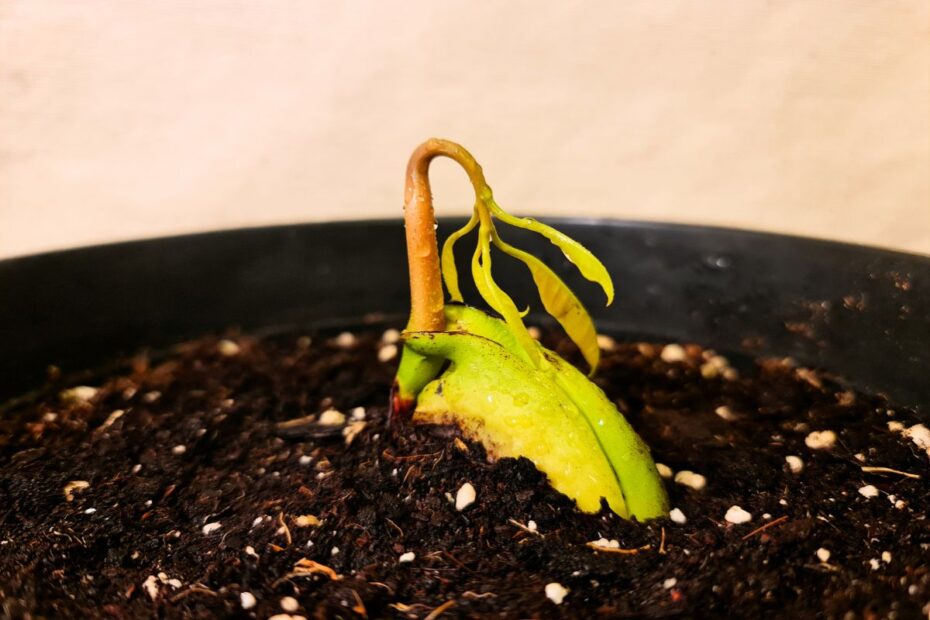Tucking into a juicy mango is a treat on its own—but did you know you can turn the leftover seed into a thriving houseplant? Growing a mango tree at home might sound like a tropical fantasy, but with a few simple tools and a little patience, you can sprout a mango seed and watch it develop into a beautiful (and surprisingly low-maintenance) plant.
What you’ll need to get started
First things first: eat your mango. Once you’ve enjoyed the fruit, don’t toss the seed. Instead, gather the essentials:
-
A ripe mango
-
A sharp knife
-
Kitchen paper (damp)
-
A glass jar or plastic container
-
A planting pot
-
Good quality potting soil
Remove any fruit residue from the seed using a knife, then carefully open the hard shell to reveal the almond-like inner seed—that’s the bit you’ll be germinating.
How to sprout a mango seed
Wrap the cleaned inner seed in damp paper towel and place it inside a sealed jar or container. Store it in a warm spot (around 20°C/68°F) away from direct sunlight. To avoid mould or rotting, change the paper towel daily.
After a few days, you should see the first signs of life—a sprout emerging, followed by roots. Once those roots are 3 to 5 cm long, it’s time to transfer your baby mango tree to soil.
Planting your mango seed the right way
Choose a pot that’s deep enough for the mango’s taproot to grow, and fill it with a mix of universal compost and seedling soil (roughly 3:1). Plant the seed about 3 cm deep, root side down, and water it gently.
Place your pot in a warm, bright spot—ideally near a sunny window or in a conservatory. Mango trees love heat and humidity, especially when they’re young, so aim to keep the soil slightly moist without overwatering.
Caring for your indoor mango tree
Though tropical by nature, a young mango tree can adapt well indoors with the right care. Keep the soil consistently moist, give it plenty of light, and fertilise once a month during the growing season with a feed rich in nitrogen and potassium.
Regular pruning will help it maintain a compact shape and strengthen weak branches. As your tree grows, you’ll need to repot it annually in spring, using fresh, nutrient-rich soil.
Can you grow mangoes at home?
Yes—with a little effort and a lot of sun, it’s possible. While growing fruit indoors can be tricky, the plant itself is a lovely ornamental addition to your home. Just keep in mind: the mango tree you grow from seed may not produce fruit that’s identical to the one you ate. Genetics can be a wild card.
Speeding up the process
If you’re keen to see progress quickly, focus on maintaining a steady indoor temperature of 25–30°C, ensure your pot has proper drainage, and keep the seedling in a sunny, protected spot. Choose a mango variety known to perform well in pots if possible, and consider hand pollination if your tree ever flowers indoors.
The science behind the sprout
When you germinate a mango seed, you’re watching the magic of plant biology unfold. The seed absorbs water, enzymes kick into gear, and the dormant embryo bursts into life. The first root (radicle) pushes down, while the embryonic stem (hypocotyl) reaches upward to become your mango plant’s first visible growth.
